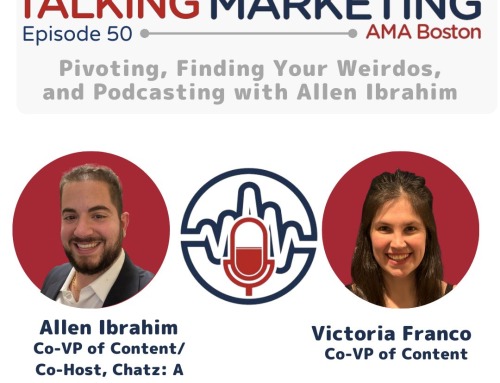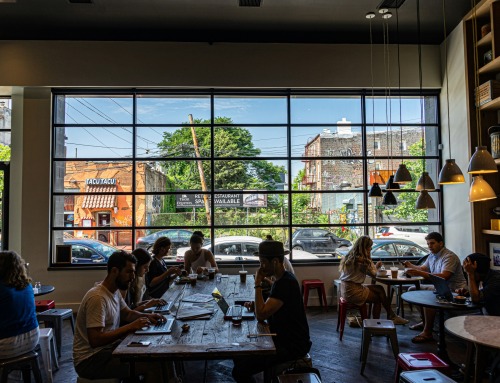With the year of mobile optimization mania behind us, companies and developers must consider what the new “modern” site will look like. As we see a shift to more experimental web design, there are five key trends we are watching as we kick off the new year.
Flat Design Is Dead
The age of the symmetrical, “flat” website is over. You know the one we’re talking about; clean rectangular banner with centered call-to-action button, services of the company presented in two-dimensional stock images, neatly parallel testimonials section. Clean, sterile… dull! While certainly the easier road to take when designing for a client, we have reached an oversaturation of sites that all look the same. At the end of the day, when you strip away the logos and color schemes, we have reached a point where most websites are nearly identical. Not only is this uninteresting for developers to create, but there’s so little personality in today’s “flat” sites that it risks making your brand look boring or unimaginative.
Design is now becoming more organic. Hand drawn elements, asymmetrical styling, full page backgrounds, gradients, and more. 2017 is the year of defining what feeling your target audience should have when interacting with your brand, and then translating that to the experience and unique look of your site.
Reconsidering Content and How it is Presented

Organic is a free way to grow the sales funnel – instead of scaring them away, a focus on user experience must be adopted. Can users easily filter your blog by topic or tag? Does your blog recommend articles based on posts users have viewed in the past? How many hoops do users have to jump through to subscribe to new posts? How easy is it for them to start discussions or to share the content with another? An uninspired list of blog titles and stock image thumbnails doesn’t cut it moving forward.
Streamlined Navigation and Architecture
The days of the “uber-nav” and drop-down navigation elements that take up the entire page are numbered. Sorry to say, but your intricate web of content and massive navigation bar is not useful to users. In the age of mobility and intent-based browsing, the simpler you can make it – the better. Users are looking for an excuse to not take action on your site. If you provide them sixty excuses in the navigation, they will jump at the chance to procrastinate and ultimately leave. Boil your site structure down to the essentials. What action should they be taking? What do they have need to know to make an accurate conclusion about you? If you feel you can’t cut any pages, can menu items be placed on internal pages and removed from the main navigation?
Microstyling and a New Appreciation for Movement
Static sites without movement are sites that are forgotten. Movement is the new “modern”; clever hover effects, a subtle glimmer to the main call-to-action, and content gracefully shifting into place as the user scrolls are all solid examples of what we expect to see more of in the design space. Right angles and sharp stock images are the old “modern”. A site that moves and breathes is a site that will intrigue the user and keep them on page and interested.
While it’s hard to predict what other design trends will surface in 2017, following these trends will position you well to react to the ever-changing and content-centric future of web design.






